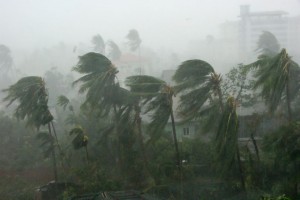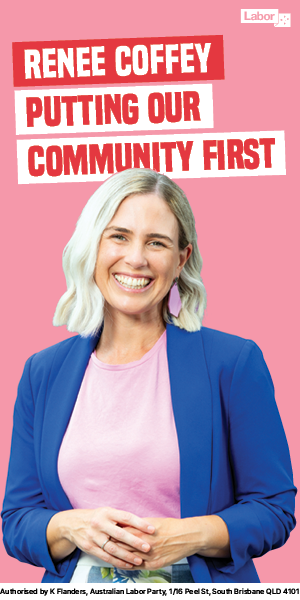 It’s time to talk about climate change and extreme weather, says Queensland Conservation Council.
It’s time to talk about climate change and extreme weather, says Queensland Conservation Council.
Queensland has experienced another heatwave, with most places across Queensland reaching over 30 degrees Celsius. Birdsville and Boulia will hit 45 and 44 degrees respectively. Ipswich broke the hottest March day ever topping 39 degrees.
This comes at a time when Far North Queensland Residents is feeling the impact of a Category 4 cyclone.
Queensland Conservation Council spokesperson, Kirsten Macey said today, “Nearing the end of March it is astounding that most of Queensland will be facing extreme summer temperatures. How many more extreme weather events do we need to have before Australia really starts taking Climate Change seriously?
“We are constantly hearing rhetoric from all political parties, but Australia needs to act now and take some leadership rather than shirking their responsibilities.
“These extreme weather events impact on so many levels. The shocking destruction we have seen in Vanuatu is just a taste of things to come”.
The Bureau of Meteorology has said that climate projections show that extreme heat events are expected to occur more often and with greater intensity in the future. The Climate Council’s recent report (2014) on heatwaves notes that heatwaves are becoming hotter, lasting longer and happening more often in Australia. The global trends in heatwaves are clear and compelling and their impacts are widespread and serious, damaging human health, infrastructure and natural ecosystems; and decreasing workplace performance and agricultural productivity.
“Brisbane will reach 35 degrees today, but for inland Queensland some communities have been feeling the heat for days. For the town of Boulia, the entire month of March has been either in the high 30s or over 40 degrees. This extreme example of a heat wave and can causes significant stress on vulnerable people.
“There is no longer any doubt that global warming is real, what is now needed is for all governments to take action and start reducing greenhouse pollution”, said Ms Macey.
“The choices we make today will affect our future. We need to divest from coal and reinvest into renewable energy sources. Only clean, green energy can protect all Queenslanders from the threat of global warming and more of these extreme heatwaves,” concluded Ms Macey.
Notes:
1 Bureau of Meteorology website for maps on heatwaves at www.bom.gov.au/australia/heatwave
2 2014 “Heatwaves: Hotter, Longer, More often”, Climate Council http://www.climatecouncil.org.au/uploads/9901f6614a2cac7b2b888f55b4dff9cc.pdf


